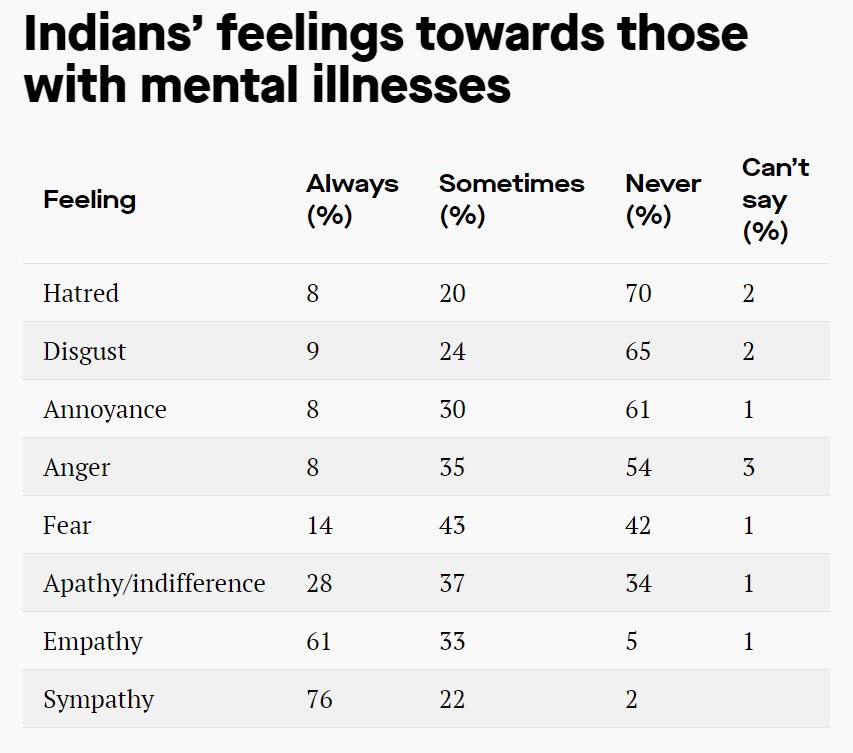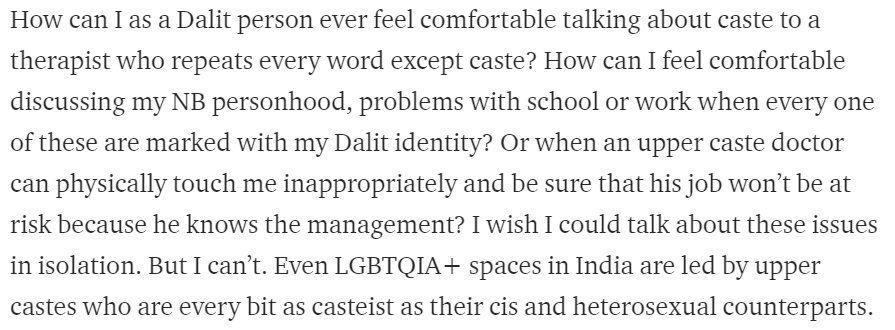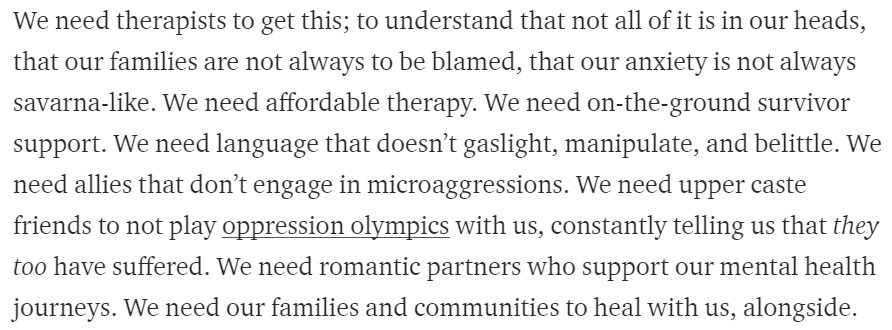ncbi.nlm.nih.gov/pmc/articles/P…
verywellmind.com/gender-differe…

psainath.org/the-slaughter-…
qz.com/india/1237314/…

devex.com/news/in-india-…
From Skin Stories series by @slayjamoons
medium.com/skin-stories/n…

ncbi.nlm.nih.gov/pmc/articles/P…
hrw.org/news/2014/12/0…
hrw.org/report/2014/12…
medium.com/skin-stories/m…


forbes.com/sites/suparnad…
indiaspend.com/cover-story/bh…





